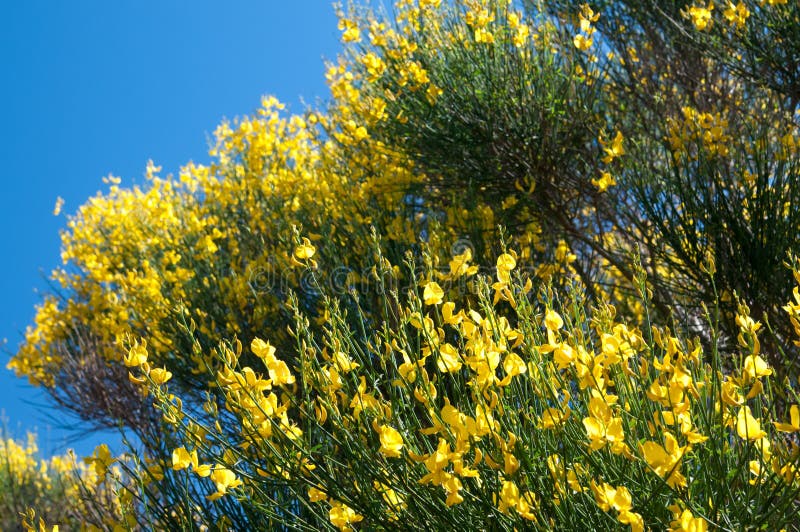


Mechanical scotch broom control requires repeated shearing with a chainsaw or trimmer. Scotch broom control may be mechanical, shearing to the ground by hand, or with machinery. Preserving native habitats is an important reason to get rid of scotch broom. Wildlife find the shrub unpalatable and may be driven from a habitat overtaken by the scotch broom. In addition, the scotch broom shrub produces soil conditions which encourage growth of other non-native weeds, choking out native foliage. Reasons to Kill Scotch BroomĮffects of scotch broom shrub include competition with native forest plants. When in flower, the entire bush appears to be yellow.Īfter flowering, scotch broom will produce several dozen large pods that contain hard brown seeds. The flowers grow in clusters along the length of the stems. Scotch boom has tear-shaped leaves that grow in groups of three and mostly bright yellow flowers with occasional purple and red flowers mixed in. It is an aggressively invasive plant that will grow thickly rather quickly. Scotch broom is a deciduous shrub that can be found on the edges of wooded areas and in open fields. Once established, it is difficult to kill scotch broom. Scotch broom shrub was introduced as a landscape ornamental as early as the 1800’s, then used extensively for erosion control in public landscapes, such as roadside plantings, but quickly became a nuisance. Scotch broom control is difficult and often time-consuming, but worth the effort to get rid of scotch broom in the yard and forest.

and responsible for the loss of a good deal of that areas’ timber income due to crowding out native species. Though sometimes attractive in the landscape, the scotch broom shrub ( Cytisus scoparius) is a noxious weed in the northwestern U.S.


 0 kommentar(er)
0 kommentar(er)
